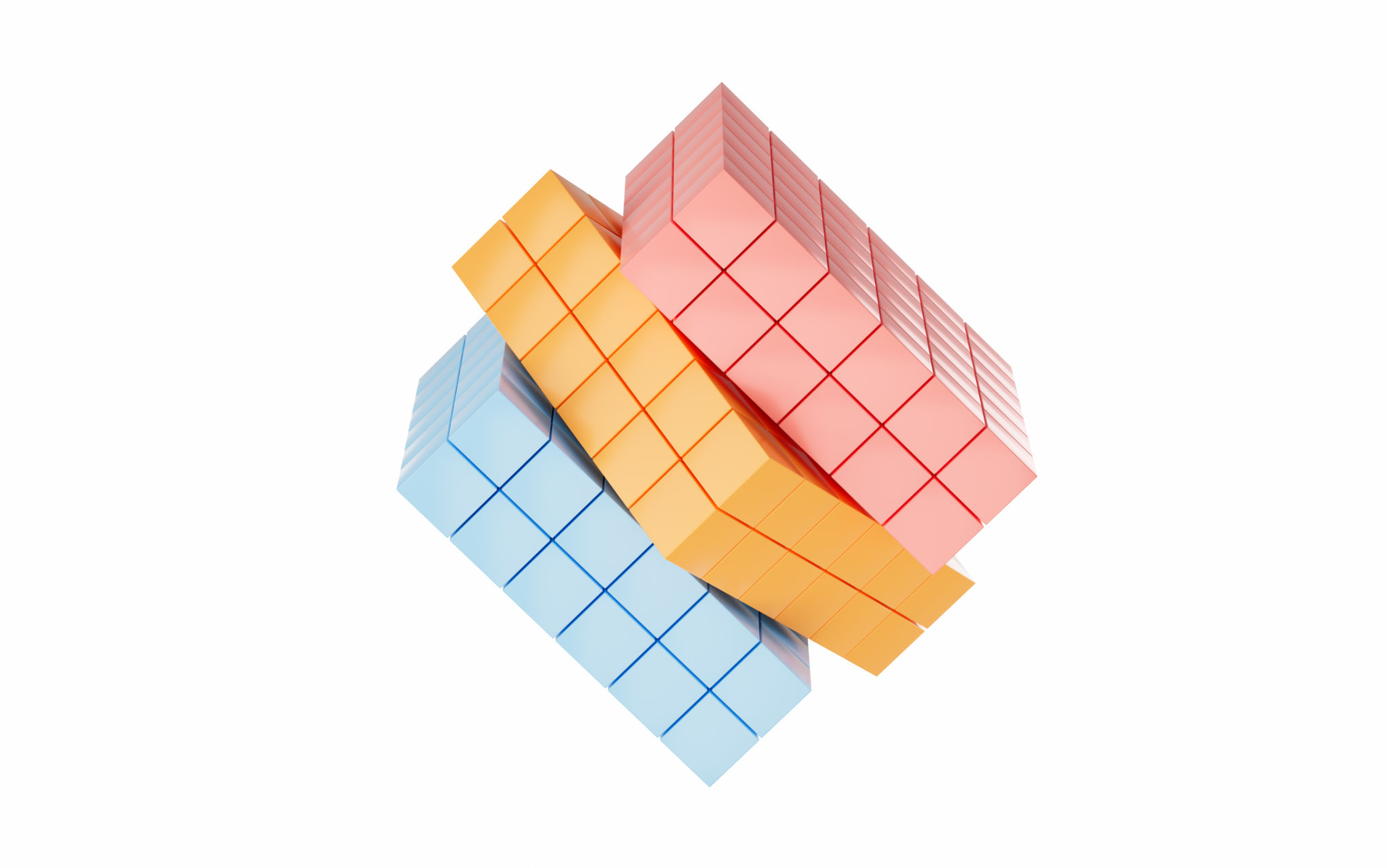Exploring the Infinite: The Art of Rubik’s Cube Face Combinations
RT
Introduction to Rubik's Cube Combinations
The Rubik's Cube, an iconic puzzle that has intrigued minds for decades, is more than just a colorful toy. It is a complex mathematical model that offers a virtually infinite number of face combinations. Solving a Rubik's Cube requires not only patience but also a strategic approach to navigate through its myriad of possibilities. The art of mastering these combinations is as much about creativity as it is about logic.
The standard 3x3x3 Rubik's Cube has 43 quintillion possible configurations. This staggering number represents the diverse ways in which the cube's faces can be arranged, making every twist and turn a step closer to its solved state. Understanding these combinations can transform a seemingly chaotic puzzle into an engaging mental exercise.

The Mathematics Behind the Cube
At the core of the Rubik's Cube lies a fascinating mathematical structure. Each twist alters the position and orientation of the cube's smaller squares, leading to an exponential increase in potential arrangements. The cube’s complexity arises from its three-dimensional nature, where each move impacts multiple axes simultaneously.
Mathematicians classify the cube's configurations using advanced group theory, which helps in understanding how different twists result in unique outcomes. This theory not only aids in solving the cube but also provides insights into other complex systems where combinatorial logic is applicable.

Algorithms and Strategies
Solving the Rubik’s Cube efficiently relies heavily on algorithms—predefined sequences of moves designed to achieve a specific result. These algorithms are like recipes that guide you through transforming one face combination into another. There are beginner-friendly strategies as well as advanced techniques for seasoned cube enthusiasts.
For novices, methods such as the Layer-by-Layer approach offer a straightforward path to solving the cube by tackling one layer at a time. More experienced solvers might employ the Fridrich Method, which involves more complex algorithms but significantly reduces the number of moves needed to reach the solution.

Beyond Solving: Artistic Expression
While many focus on solving the Rubik’s Cube, there's an entire subculture dedicated to using it as a canvas for artistic expression. Enthusiasts create mosaic patterns by arranging multiple cubes in specific orientations to form images and designs. This art form combines technical skill with creative vision, resulting in stunning visual pieces.
Cubing artists meticulously plan their works by mapping out pixelated designs that correspond to different color combinations on the cube’s faces. The complexity of these artworks showcases not only the artist’s skill but also the versatility of the Rubik’s Cube as a medium for creativity.

The Community and Competitions
The global community of Rubik’s Cube enthusiasts is vibrant and diverse. Cubing competitions, held worldwide, bring together individuals of all ages who share a passion for this puzzling masterpiece. These events test not only speed but also ingenuity and problem-solving abilities.
Competitions often feature various categories, including one-handed solving and blindfolded challenges, pushing participants to develop new techniques and enhance their skills. The camaraderie and shared enthusiasm at these gatherings foster a sense of belonging among cubers, creating lifelong friendships and collaborations.
The Future of Cubing
The world of Rubik’s Cube face combinations continues to evolve with technological advancements. Innovations such as digital cubes and algorithm-based solving apps are expanding the possibilities for enthusiasts. These tools offer new ways to explore the art and science of cubing, making it accessible to a broader audience.
As we look to the future, the Rubik’s Cube remains a symbol of intellectual curiosity and creativity. Its enduring appeal lies in its ability to challenge our minds while offering limitless opportunities for exploration and discovery.